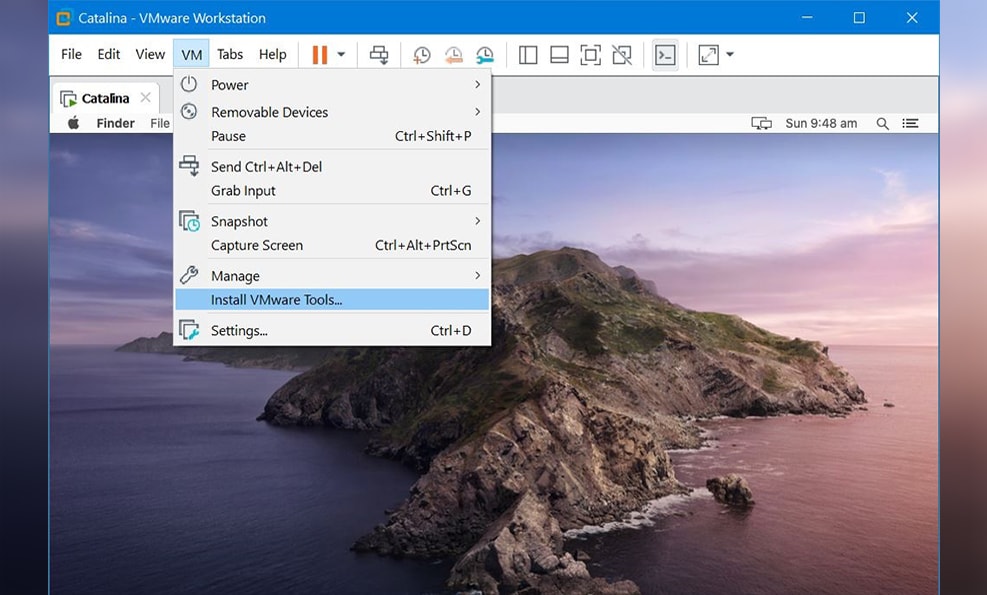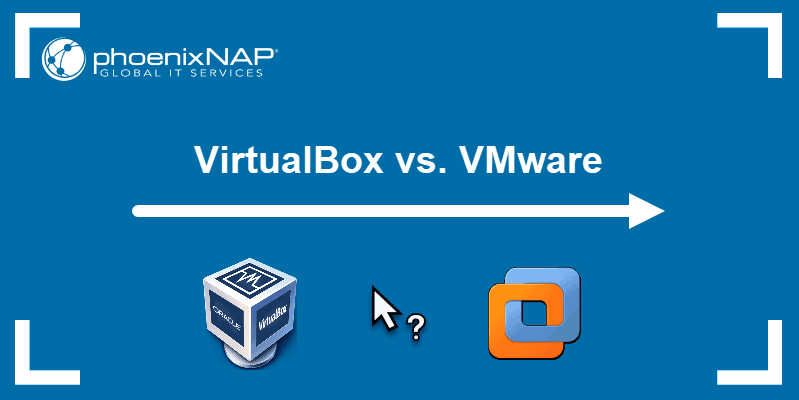
Can you boot from a VHD / vmdk file? Following the article, you can directly boot into the operating system from VHD/VMDK.
#Os x vdi or vmdk iso
As it’s still possible to use the ISO file to immediately start any OS on a virtual system such as VirtualBox, VMWare, even should you not wish to set up an ISO file, switching it into VDI format (Virtual background ) would be the best thought. Can a bootable iso file be converted to a virtual disk? ISO file has easily become the most widely-used format for OS installations. Use the file opener listed above to open the VMDK saved.
#Os x vdi or vmdk how to

#Os x vdi or vmdk software
These types of environments are generally used for testing software on different operating system platforms.The exclusive usage of VHD file allows you to dwell multiple operating systems on a single machine.Later Connectix was acquired by Microsoft in 2003 and named it Microsoft Virtual PC. It was developed by Connectix for a product named Virtual PC. A VHD file is traditionally a Virtual Machine hard disk. The VHD file is Virtual Hard Disk file that clones or contains the data of a physical hard drive like files and folders inside disk volume partitions. How they are different? What are the important features? What are their advantages and limitations? VHD (Virtual Hard Disk) File


Now, let’s do a detailed study on two major file formats -VHD and VMDK.

A virtual disk is similar to a physical disk and it is created with specified storage when the image file is created. If a guest computer reads to/writes to the physical hard disk, it redirects the request to the image file with the help of virtual environment. The management of the VHD files can be completed through the VHD API support tool.Īs disk image files are present on the host system which are also seen by guest computers as physical hard disks of a specific structure. The virtual hard disks are capable in hosting the file from various native systems like FAT, NTFS, UDFS, and exFAT. The VHD file can have the files and folders as they were present in the physical hard drive. A disk image file encapsulates the complete hard-drive information in the virtual file that mimics the original data present in the physical hard-drive.


 0 kommentar(er)
0 kommentar(er)
